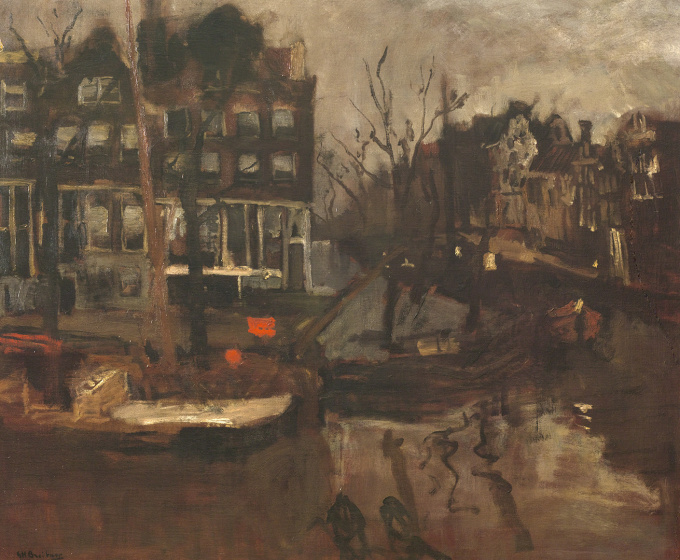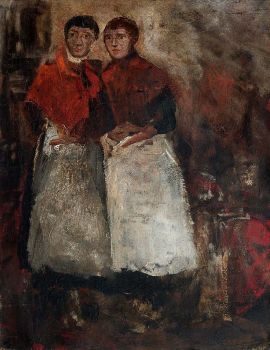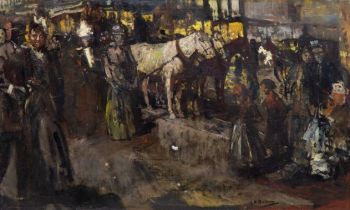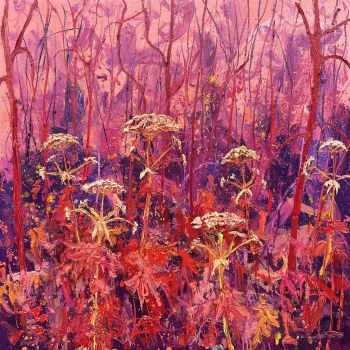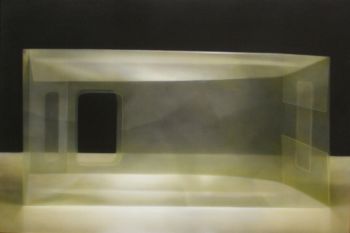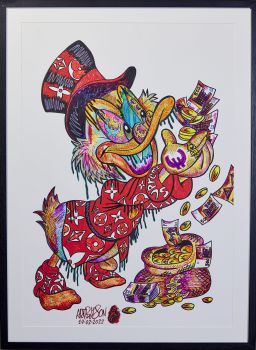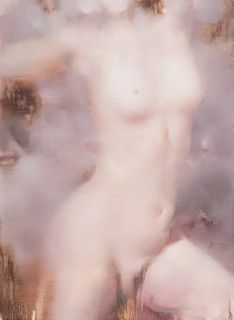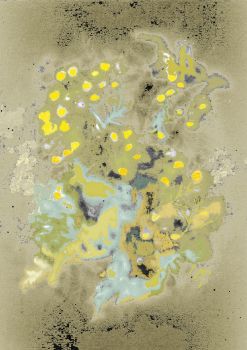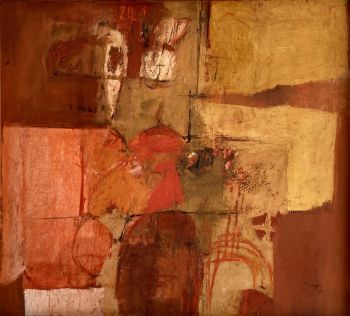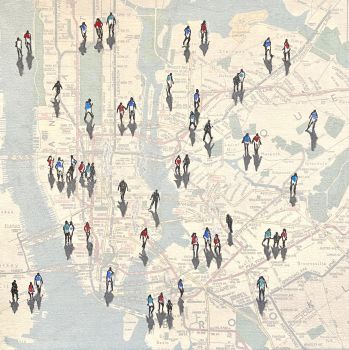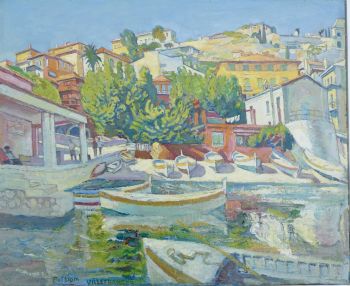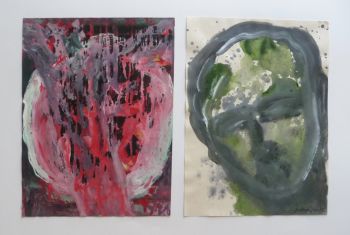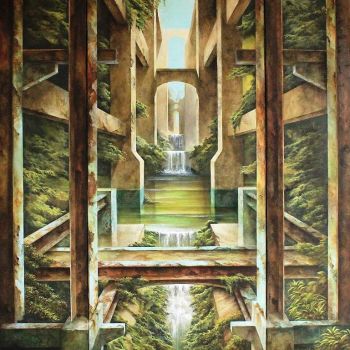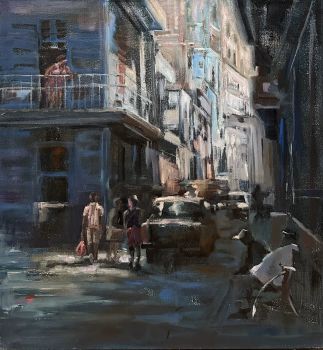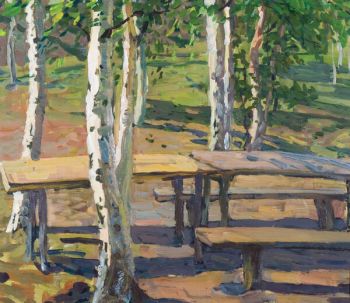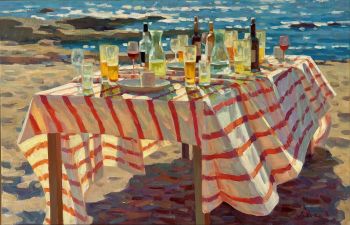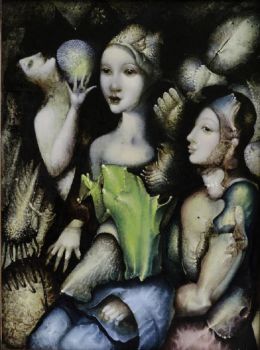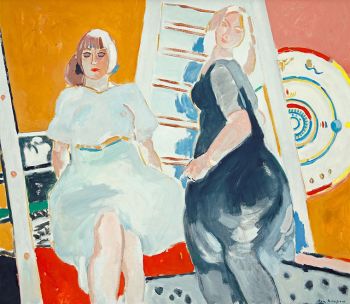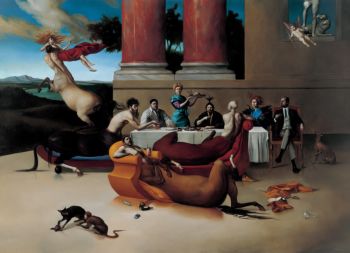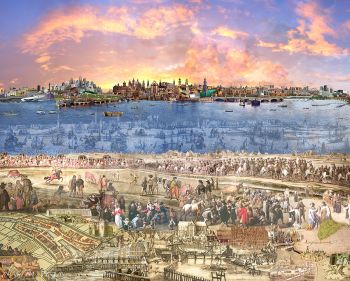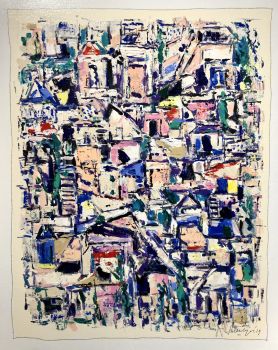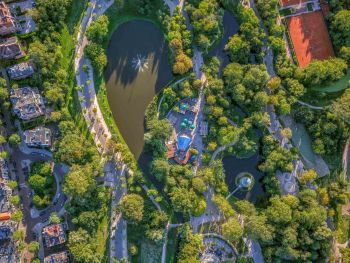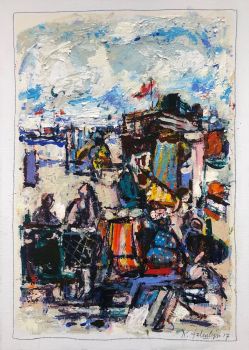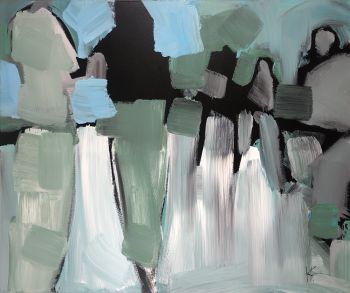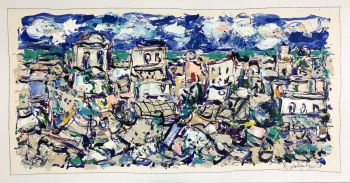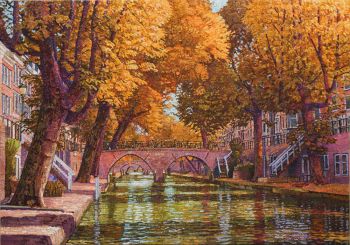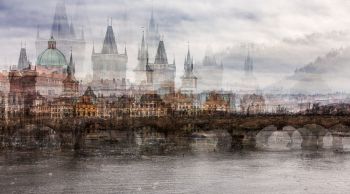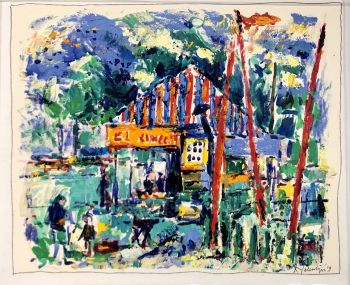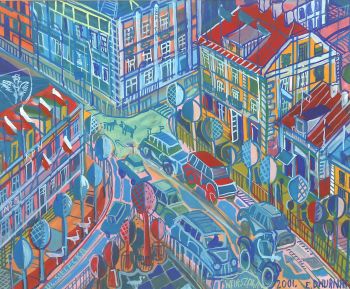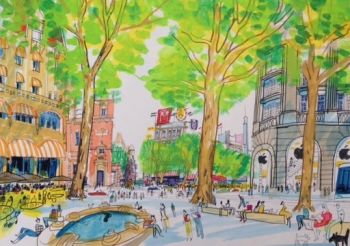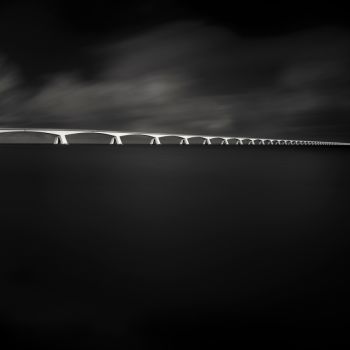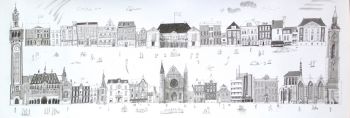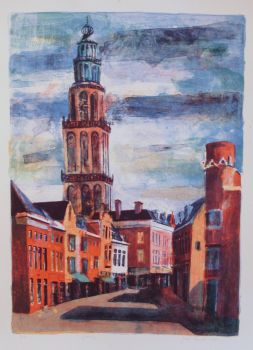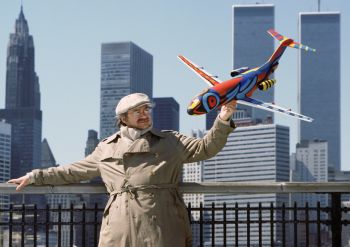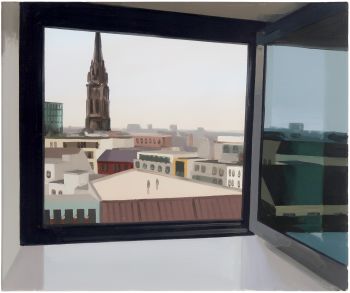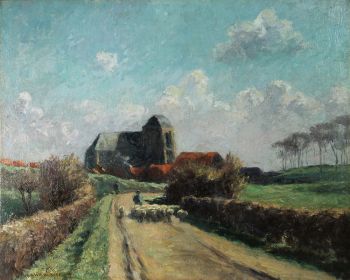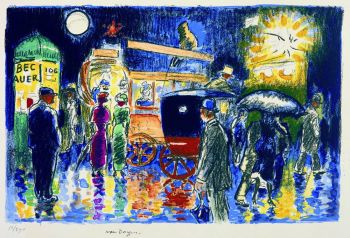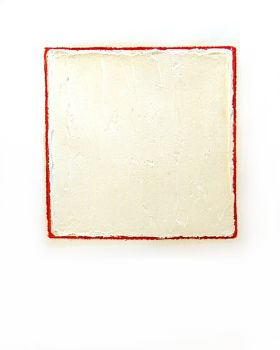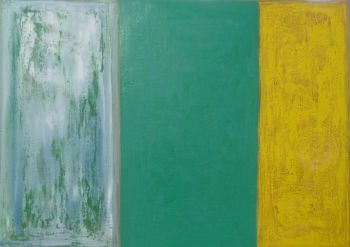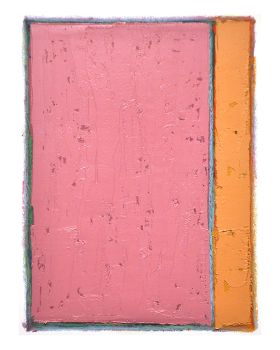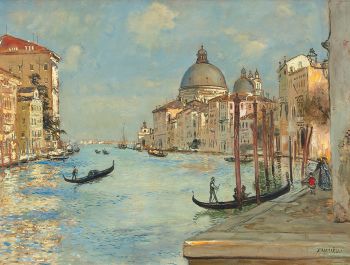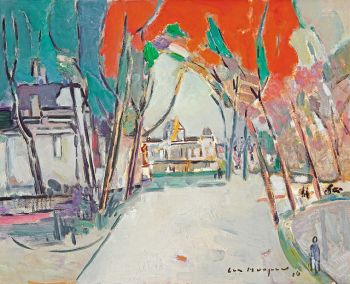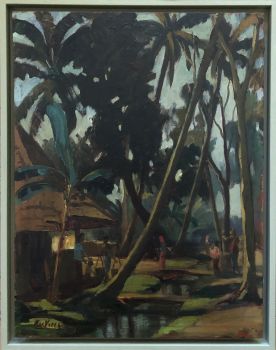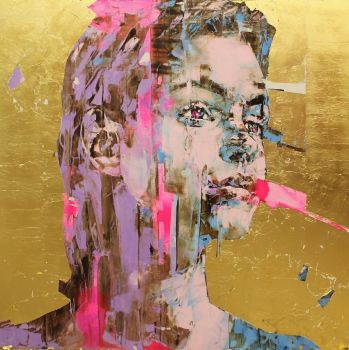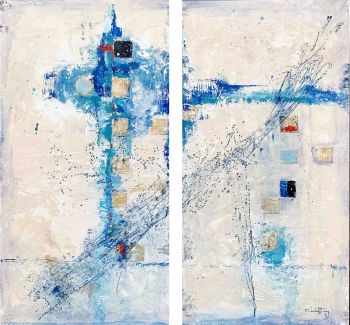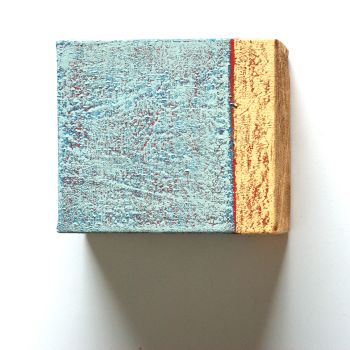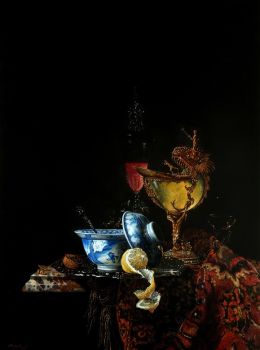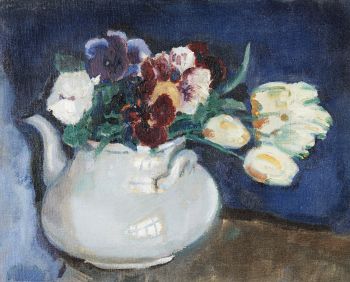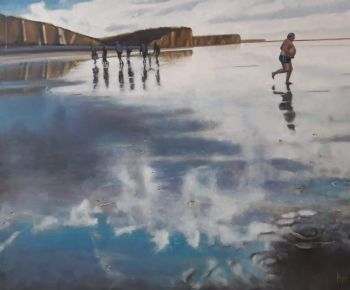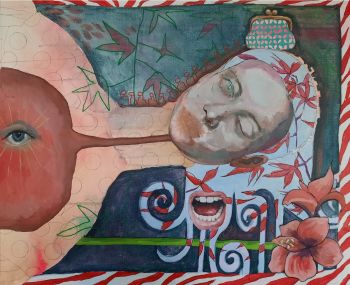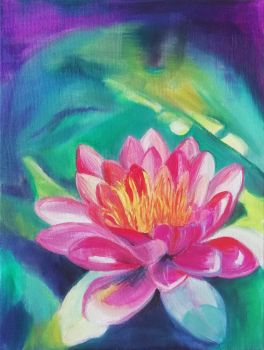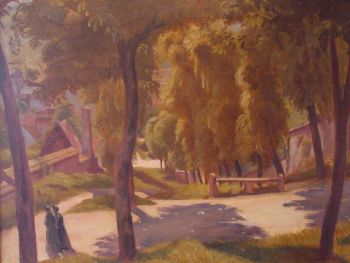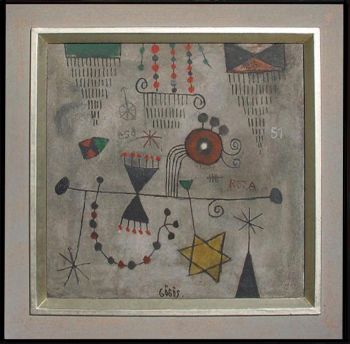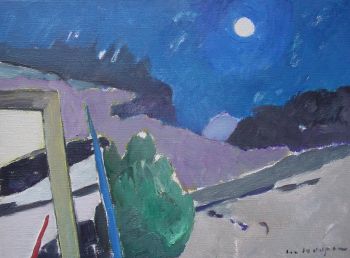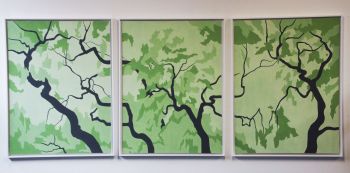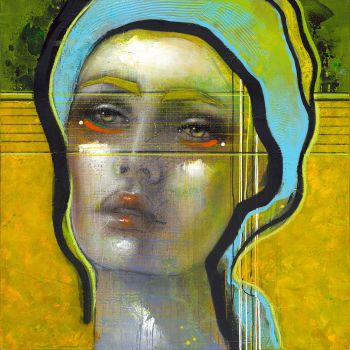The Brouwersgracht near the Korte Prinsengracht, Amsterdam 1900
George Hendrik Breitner
TelaPittura a olioDipingere
85 ⨯ 101 cm
ConditionExcellent
Attualmente non disponibile tramite Gallerease
- A proposito di opere d'arteOil on canvas
85 x 101 cm.
Signed: lower left ‘G.H. Breitner’
Provenance:Private collection, The Netherlands; Kunsthandel Kupperman, Amsterdam; vlg. Sotheby’s Amsterdam 24-4-2007, lotno. 254; Amsterdams Historisch Museum, on loan, inv.no. SB 6324.
The Brouwersgracht, Korte Prinsengracht and Haarlemmerstraat, all within a circle of not more than 100 metres, were like an open air studio to Breitner. He painted many views of the busy bridges and canals, populated by horse-drawn carts, pedestrians and workmen. In the work of Breitner, who very much sided with the ordinary working class, the human figure played an essential role. He painted the figures at close range, making the beholder feel part of the scene, as if we are standing in the street, amidst the passers-by. Paintings like the present lot show a different aspect of Amsterdam and focus on the calm serenity and timeless beauty of the canals with their gabled houses, seen from a bird's eye view. In this loosely painted view the human figure plays no role. Breitner executed the present lot around 1900. A larger version of the same subject, depicted in winter time, is in the collection of the Rijksmuseum, Amsterdam (on loan to the Historisch Museum in Amsterdam). - A proposito di opere artista
George Hendrik Breitner (1857-1923) nacque a Rotterdam.
Nel 1876 si iscrisse all'Accademia dell'Aia. Successivamente, ha lavorato nello studio di Willem Maris. In questo primo periodo fu particolarmente influenzato dai pittori della Scuola dell'Aia. Breitner preferiva i modelli della classe operaia: braccianti, domestiche e persone dei quartieri popolari. Si considerava 'le peintre du peuple', il pittore del popolo.
Nel 1886 si trasferì ad Amsterdam, dove registrò la vita della città in schizzi, dipinti e foto. A volte ha realizzato più foto dello stesso soggetto, da diverse angolazioni o in diverse condizioni atmosferiche. Le foto potrebbero servire come esempio per un dipinto, come per i suoi ritratti di ragazze in kimono, o come materiale di riferimento generale.
Breitner ha spesso collaborato con Isaac Israels; entrambi i pittori sono indicati come Impressionisti di Amsterdam. I critici conservatori definirono lo stile di Breitner "incompiuto".
Artwork details
Related artworks
- 1 - 3 / 3
- 1 - 4 / 24
- 1 - 4 / 24
Rene Rietmeyer
"PORTRAIT OF JOSEPH KOSUTH MAY 1999"1999
Prezzo su richiestaEuropean Cultural Centre Collection
Rene Rietmeyer
TOKYO - Kudan House - January 2021 #042021
Prezzo su richiestaEuropean Cultural Centre Collection
1 - 4 / 24

